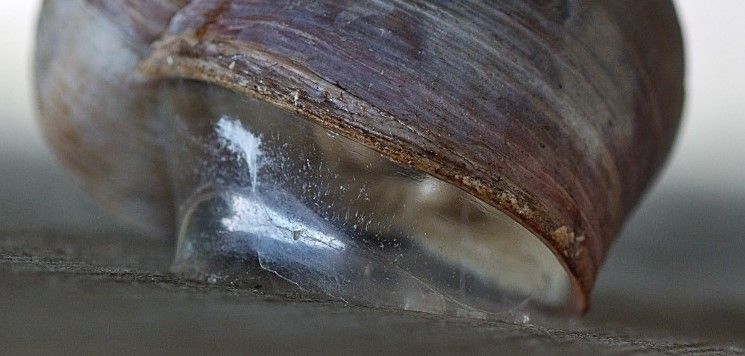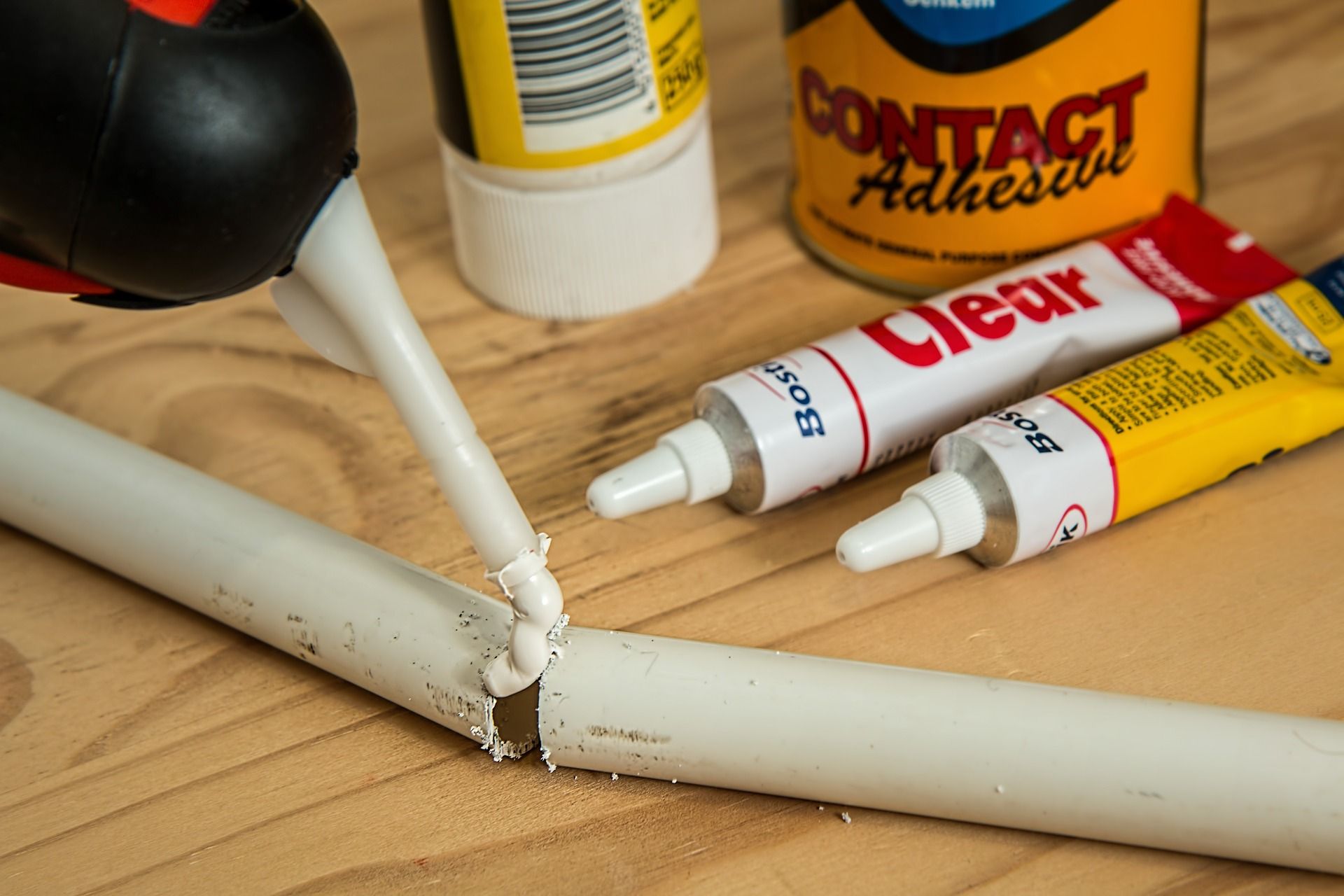Anyone who has ever used glue knows that there are two basic types of adhesive; those that stick things together for a long time (for example, superglue or construction epoxies) and those that only stick things together for a short time but can be re-stuck (such as the glue on a Post-it note). The ‘holy grail’ for adhesive producers has been to find a sticky substance that is both as strong as superglue yet is as reusable as a Post-it.
That has now been achieved, as researchers from the University of Pennsylvania have created a new adhesive that fixes as hard as concrete and yet can also be easily unattached, and then reattached, over and over again.
This new adhesive is called PHEMA, after its chemical composition (polyhydroxyethylmethacrylate), and like many great inventions it was inspired by nature. However, which form of nature to analyse was in itself a challenge, as the Penn Uni team had already examined the adhesive qualities used by clams, pollen, and butterflies.

As the study’s lead-author Shu Yang, a professor of material science and engineering at the University of Pennsylvania, explains, “Geckos can put one hand down and then release it, so the gecko’s adhesion is reversible, but it’s very low adhesion. A gecko is 50 grams, and a human is at least 50 kilograms. If you want to hold a human on a wall, it’s not possible using the same adhesive. You could use a vacuum, but you have to carry a cumbersome vacuum pump.”
Ultimately, the team began looking at some species of snail which produce a slime that it as hard as rock, and yet can also be detached for when the snail wishes to get moving again. As Gary Rosenberg, curator of molluscs at Drexel University’s Academy of Natural Sciences, makes clear, “Some snails anchor themselves to a tree with (a structure called) their epiphragm ... It can be attached so hard that you can't pull it off with your hand—you need to get a chisel.” But when it rains, the adhesive loosens, and the snail is able to slither away.

Inspired by these Polygyridae snails’ ability to make super strong, yet reusable glue, the Pennsylvania University team began studying how a paste could be very sticky when dry, yet easily removable when wet.
The resulting invention is astounding the adhesive industry, as the online journal Phys.org notes, “Just two stamp-size pieces of Yang's adhesive were enough to easily hold the weight of a 160-pound person.” In fact, the glue is so strong that Yang had trouble measuring its strength. “I thought it was very strong, but I didn't know how strong,” she said. “It took my student over a year to measure it.”
In the end, straps were designed made out of Kevlar (the material used in bulletproof vests) to be able to pull the PHEMA apart.
But what makes this ultra-strong adhesive truly impressive is that its stickiness can be turned on and off, because the glue only holds when it is wet. Simply adding water is enough to be able to detach the PHEMA back into a re-usable state in just a few minutes; an ability which is attracting a lot of interest from adhesive manufacturers.
As Andrew Smith, professor of biology at Ithaca College in New York, who was not involved in the study but has developed a medical glue based on slug slime, states, “To be able to let go - that's a big deal. We have very good glue for certain things. The challenge is when you need something that's reversible.”
The key to PHEMA’s abilities comes from the fact that unlike many glues, it isn’t a liquid but a hydrogel, like jelly or soft contact lenses. “Hydrogels are soft, squishy materials ... If immersed in water, they suck up water,” said Yang. But when the hydrogel dries out, it becomes as hard and rigid as a plastic bottle cap.
As a result, when wet, the hydrogel’s molecules are able to fit into the microscopic cracks and imperfections found on all surfaces. Even polished glass, when looked at with a microscope, has minute grooves into which a glue can ooze.
“It’s like those childhood toys that you throw on the wall and they stick,” says Yang. “That’s because they’re very soft. Imagine a plastic sheet on a wall; it comes off easily. But squishy things will conform to the cavities.”
The true challenge was in finding a substance that would fit into the same groove when both dry and wet. “When you dry (a hydrogel), they normally shrink. Our material doesn't,”explains Yang. “When it’s conformal and rigid, it’s like super glue. You can’t pull it off. But, magically, you can re-wet it, and it slips off effortlessly.”
The new substance is user-friendly too, as the Guardian newspaper reports, “Rather than a liquid that is squeezed from a tube, the adhesive is coated on to small, thin wafers patterned with tiny channels to allow water in and out. The glue dries naturally in air, or faster when it is heated, and is detached with a well-placed squirt of water.”
Adding that, “Laboratory tests showed the glue could be applied and then detached from butterfly wings without harming the delicate tissues.”
Yet, despite its qualities on sticking small things, the adhesive also works on larger objects. As Yang highlights, “PHEMA doesn’t lose its strong adhesion when scaled up. Usually, there’s a negative correlation between adhesion strength and size. Since PHEMA is not dependent on a fragile structure, it doesn’t have that problem.”
The researchers have now published details of their discovery in the journal Proceedings of the National Academy of Sciences.
Due to its reaction with water, PHEMA will be unusable in a number of industries or even in very wet or humid climates. However, Yang believes that it will find uses in heavy manufacturing, such as the automobile industry, where parts can be tested in place before being unattached.
It will certainly avoid the many household accidents caused by superglue, with people needing to go to hospital to get themselves unstuck.
Alternatively, Elliot Hawkes, who was not involved in the study but is an assistant professor of mechanical engineering at the University of California, Santa Barbara, suggested that PHEMA could be used around the home, especially for hanging up decorations. “Painted drywall [plaster] is challenging for dry adhesives, due to its slight roughness,” he notes. “This technology could be a nice solution, depending on whether it would discolour your wall.”

While the adhesive industry looks into other potential applications, the researchers are continuing their work, looking into how the cement could be reversible without water; possibly by heat, chemicals, or electricity.
Other adhesive specialists will also be inspired by the progress made and will look to nature for other great glue innovations. As Smith observes, “There's a lot of animals that produce glues with lots of unusual properties, designed for all sorts of situations, with lots of variation that can inspire us.”
Slugs and snails; cockroaches and mussels; geckos and octopuses, all attach themselves to surfaces with control and strength that is way beyond mankind’s understanding of stickiness.
Although, at least now we have cracked the secret of reversible superglue.